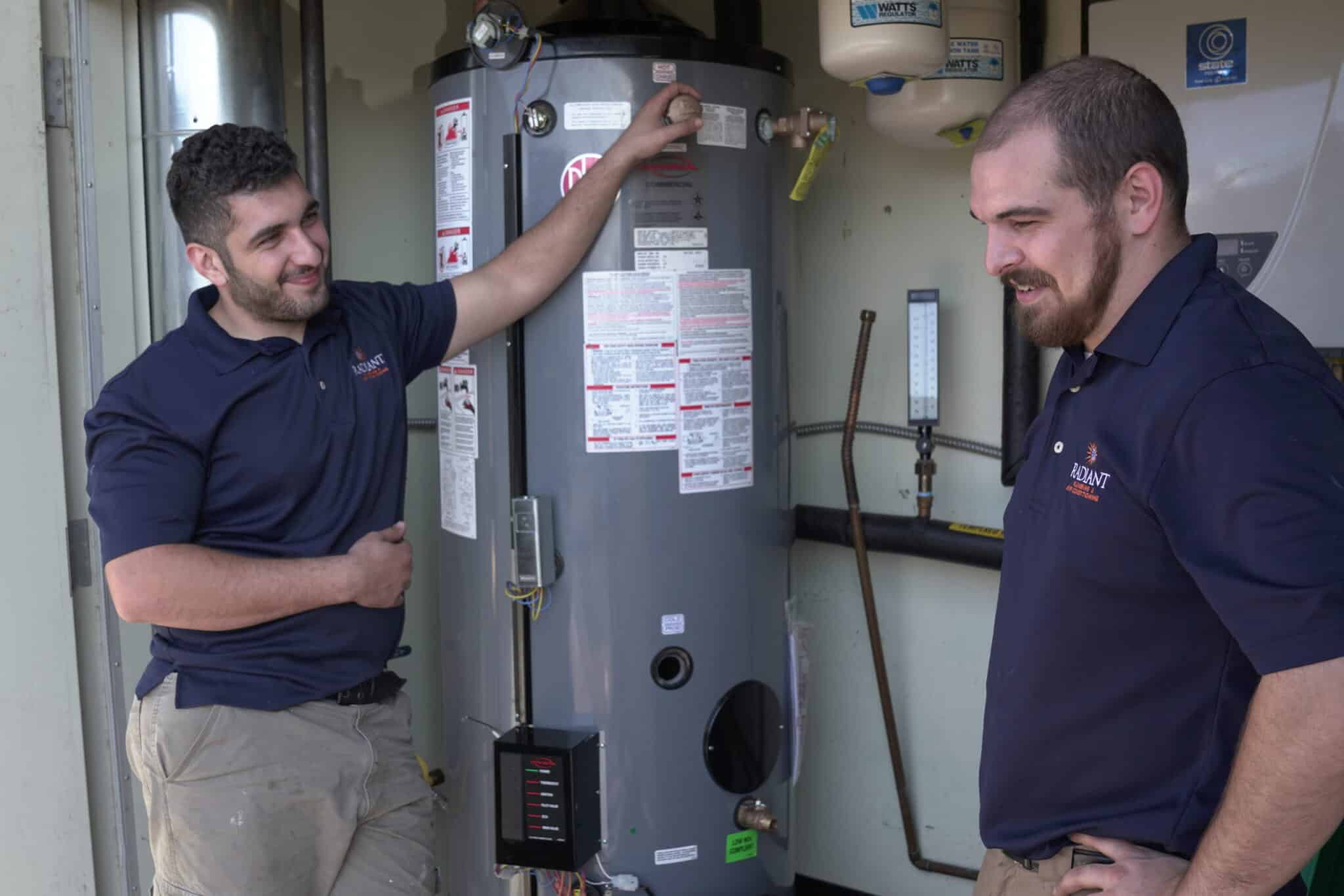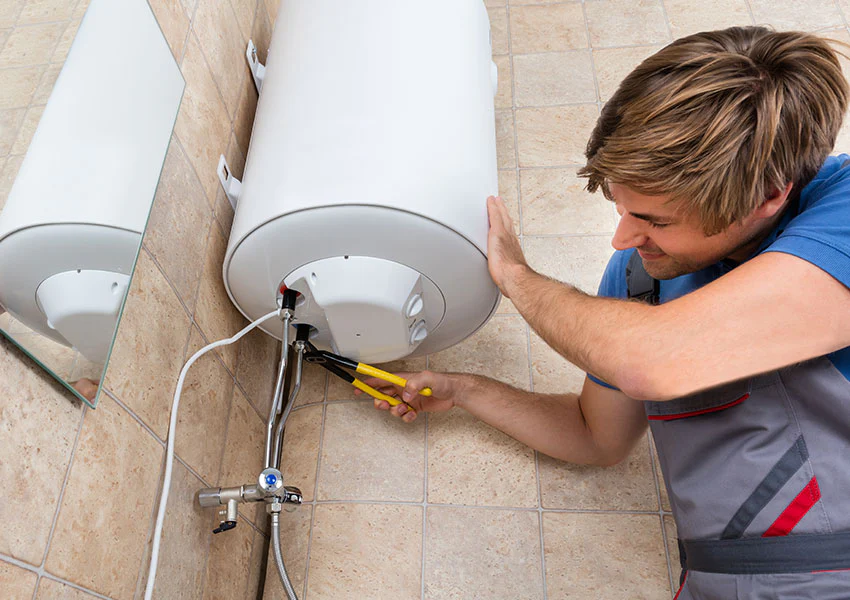Top Ways to Maintain Your Home's Hot Water System SuccessfullyEnsuring Durability of Your Home's Hot Water System: Care Tips
Top Ways to Maintain Your Home's Hot Water System SuccessfullyEnsuring Durability of Your Home's Hot Water System: Care Tips
Blog Article
The writer is making several great pointers on Tips on Maintaining a Water Heater as a whole in this content below.

Hot water is vital for everyday convenience, whether it's for a revitalizing shower or washing meals. To guarantee your warm water system runs efficiently and lasts longer, routine maintenance is essential. This write-up supplies practical suggestions and insights on just how to preserve your home's warm water system to avoid interruptions and pricey repairs.
Introduction
Maintaining your home's hot water system may appear complicated, but with a couple of basic actions, you can guarantee it operates smoothly for many years ahead. This overview covers every little thing from recognizing your warm water system to do it yourself maintenance tips and understanding when to employ specialist assistance.
Significance of Preserving Your Warm Water System
Normal maintenance not only prolongs the life-span of your warm water system but also ensures it operates effectively. Disregarding maintenance can result in decreased efficiency, higher power expenses, and even early failing of the system.
Indications Your Hot Water System Requirements Upkeep
Understanding when your hot water system needs attention can prevent major concerns. Keep an eye out for indicators such as irregular water temperature, strange sounds from the heating system, or rusty water.
Understanding Your Hot Water System
Before diving right into upkeep tasks, it's useful to recognize the basic components of your hot water system. Generally, this consists of the hot water heater itself, pipelines, anode poles, and temperature level controls.
Monthly Maintenance Tasks
Routine regular monthly checks can assist catch minor concerns prior to they escalate.
Purging the Hot Water Heater
Purging your hot water heater removes sediment buildup, improving efficiency and prolonging its life.
Checking and Replacing Anode Rods
Anode rods prevent corrosion inside the tank. Examining and changing them when broken is crucial.
Inspecting and Changing Temperature Settings
Adjusting the temperature level setups makes sure ideal performance and security.
DIY Tips for Upkeep
You can execute numerous upkeep jobs yourself to keep your warm water system in leading problem.
Checking for Leakages
Regularly evaluate pipelines and links for leakages, as these can result in water damage and greater expenses.
Checking Stress Relief Valves
Evaluating the stress relief valve guarantees it works correctly and avoids extreme pressure build-up.
Protecting Pipelines
Insulating hot water pipelines reduces warmth loss and can save energy.
When to Call an Expert
While DIY maintenance is beneficial, some problems require expert expertise.
Complicated Problems Calling For Expert Aid
Examples consist of major leaks, electric issues, or if your hot water heater is consistently underperforming.
Routine Specialist Upkeep Advantages
Expert upkeep can include complete inspections, tune-ups, and ensuring compliance with security criteria.
Final thought
Routine upkeep of your home's warm water system is vital for performance, longevity, and expense financial savings. By adhering to these suggestions and understanding when to look for professional aid, you can make certain a reliable supply of hot water without unexpected interruptions.
How to Maintain an Instant Hot Water Heater
Before tinkering with your hot water heater, make sure that it’s not powered on. You also have to turn off the main circuit breaker and shut off the main gas line to prevent accidents. Also turn off the water valves connected to your unit to prevent water from flowing into and out of the appliance. 2. When you’re done, you have to detach the purge valves’ caps. These look like the letter “T” and are situated on either side of the water valves. Doing so will release any pressure that has accumulated inside the valves while at the same time avoid hot water from shooting out and burning your skin. 3. When the purge valves’ caps are removed, you have to connect your hosing lines to the valves. Your unit should have come with three hoses but if it didn’t, you can purchase these things from any hardware or home repair shops. You can also get them from retail stores that sell water heating systems. Read the user’s manual and follow it to complete this task properly. When the hosing lines are connected, open the purge port’s valves. 4. You should never use harsh chemical cleaners or solutions when cleaning your unit. Make use of white vinegar instead. It should be undiluted and you’ll probably use about 2 gallons. 5. Now flush your water heater. This task should probably take about 40 minutes. We can’t give you specific directions for this because the procedure is carried out depending on the type, model and brand of your heater. With that being said, refer to the user’s manual. 6. When you’re done draining the unit, you have to turn off the purge port valves again. Remove the hosing lines that you earlier installed on each of the water valves. Put the valve caps (purge port) back in their respective places and be very careful so as not to damage the rubber discs that are found inside these caps. 7. Now that everything’s back in place, check your user’s manual again to find out how to reactivate your water heating system. 8. Once it is working, turn one of your hot water faucets on just to let air pass through the heater’s water supply pipes. Leave the tap on until water flows smoothly out of it. https://www.orrplumbing.com/blog/2014/september/how-to-maintain-an-instant-hot-water-heater/

I found that content about How to Maintain Your Water Heater & Prolong its Life while exploring the internet. Do you know about somebody else who is curious about the subject? Why not share it. We thank you for your readership.
Set Up An Appointment Report this page